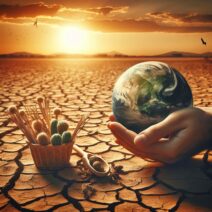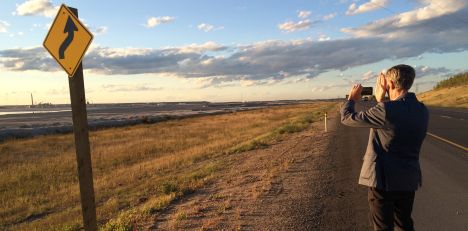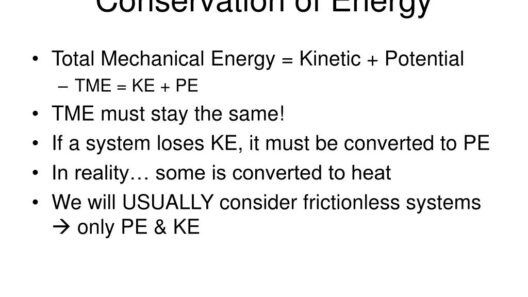The concept of energy conservation is a cornerstone in the understanding of thermodynamics and physics. When we delve into isolated systems, the application of energy conservation becomes even more nuanced and intriguing. Have you ever contemplated the fate of energy in a closed loop? How is it that energy can neither enter nor escape this system yet appears to perpetuate its existence? This leads to a compelling challenge: can we truly harness this principle for a sustainable future?
At its essence, an isolated system is one that does not exchange energy or matter with its surroundings. This is an idealization often employed in scientific analysis. In real-world applications, perfect isolation is virtually unattainable, yet the theoretical model provides invaluable insights into energy dynamics. Within this framework, the law of conservation of energy dictates that the total energy within the system remains constant. Energy can transform from one form to another, but the sum remains unchanged, thereby ensuring a balance that is fundamental for exploring various natural phenomena.
When discussing conservation of energy in the context of isolated systems, one must first understand the types of energy involved. There are several forms, including kinetic energy, potential energy, thermal energy, and many others. Each of these forms can convert into or influence one another, contributing to the overall energy conservation in the system. For example, in a rotating pendulum, the kinetic energy is at its peak as it swings downward, transforming into potential energy at the highest point of the swing. This cyclical behavior illustrates the principle of energy conservation beautifully.
One of the fascinating aspects of isolated systems is how they serve as microcosms for understanding larger environmental processes. Take the Earth itself as an almost isolated system. While it does exchange energy with the sun and other celestial bodies, for practical considerations, we can view significant components of the Earth’s system as isolated loops. An excellent example of this is the water cycle. In this cycle, water evaporates, condenses, and precipitates, cycling continuously through the environment. Here, energy is conserved in the form of latent heat, and the cycle exemplifies a closed energy loop that sustains life. It begs the question: what other processes in nature mirror this efficiency?
The insightful application of energy conservation principles offers promising avenues for innovation in energy management systems. In exploring technologies such as solar panels and wind turbines, one recognizes that they function by converting energy from one form to another, ideally mimicking the principles of closed energy loops. For instance, solar panels convert sunlight into electrical energy, a transformation that holds significant implications for sustainability.
Yet, embracing these ideals poses a challenge. The very technology that operates under these principles often requires resources and energy for production and maintenance. How can we streamline such processes to minimize the energy footprint while maximizing efficiency? It remains a daunting question that researchers and environmentalists grapple with regularly.
A critical analysis of energy conservation in isolated systems must also consider the Second Law of Thermodynamics, which posits that energy conversions are never 100% efficient. In practical applications, energy losses occur mainly due to dissipation as heat. Consequently, no real system can claim to perfectly embody the characteristics of an isolated system. Yet, this inefficiency is where innovation thrives. Engineers and scientists continually work to develop more efficient systems. A prime example is the ongoing quest for advancements in battery technology, which seeks to optimize the storage and conversion of energy. This challenge is a race against time, as the climate crisis urges immediate development and deployment of such technologies.
As one begins to understand the complexities of energy conservation in closed-loop systems, another layer of intrigue emerges: the role of feedback mechanisms. Feedback plays a crucial role in sustaining energy in a closed system. In biological systems, for example, feedback loops can regulate processes such as homeostasis, which are vital to life. The human body works tirelessly to maintain a balanced temperature through mechanisms that conserve energy, demonstrating the significance of these loops in everyday existence. Similarly, ecological systems thrive on feedback, allowing energy to flow and transform efficiently. The question is: how can these natural feedback systems inspire technological innovations?
The exploration of conservation of energy in isolated systems also extends to the principles of entropy, where the dispersion of energy drives system dynamics. While isolation theoretically involves a steady state of energy, the reality of entropy indicates that such systems ultimately trend towards disorder. This paradox offers a deeper understanding of sustainability practices, as it emphasizes the necessity for continual input to counterbalance the inevitable dissipation of energy. How do we counteract this entropy on a global scale, and what practices can we implement for better energy usage?
In the grand narrative of our climate-critical era, understanding how conservation of energy is applied to isolated systems is not merely an academic exercise. It sheds light on our intricate relationship with energy resources, sustainable practices, and the steps necessary to mitigate environmental impact. As we ponder the efficiency of energy transformations and the implications of our energy consumption habits, one cannot help but feel the weight of responsibility that rests on our shoulders.
Ultimately, the interplay of energy conservation and isolated systems invites reflection and action. By embracing the principles outlined, we position ourselves to innovate in energy systems and address pressing environmental challenges. In doing so, we can begin to close the energy loops that define our interactions with nature, ensuring a viable future for generations to come.







